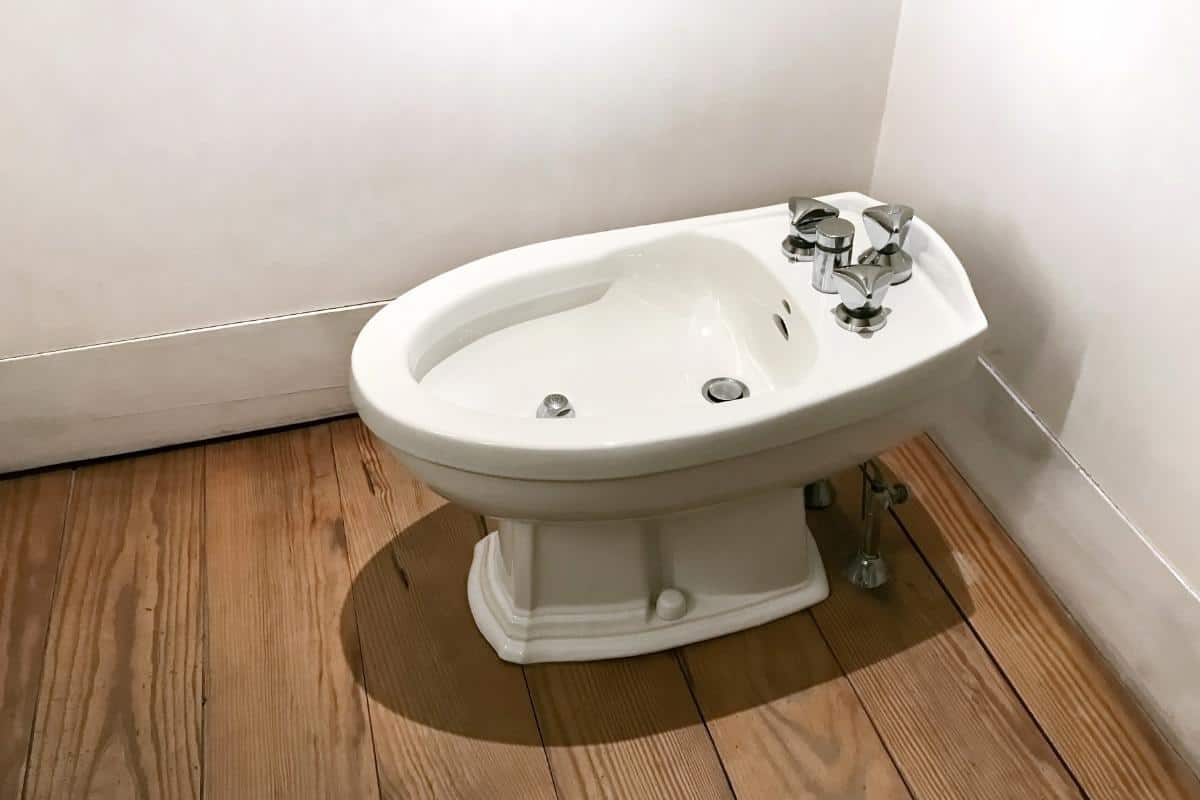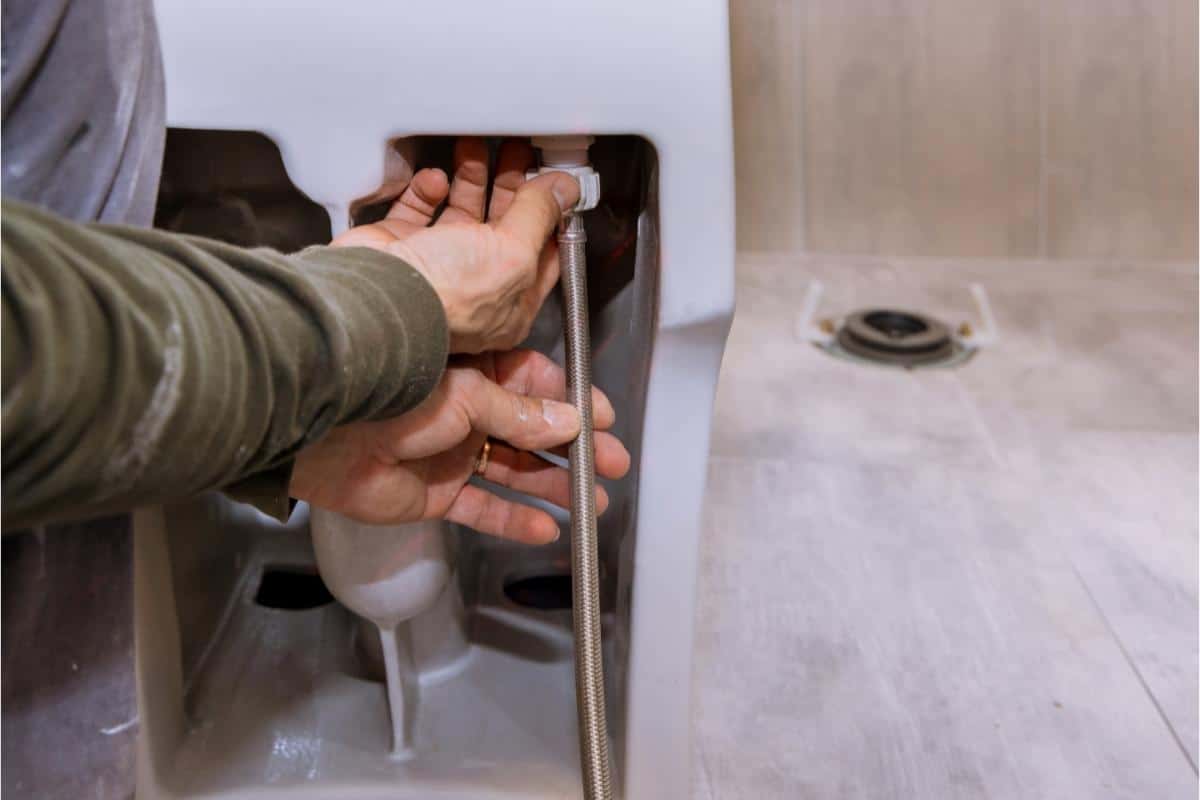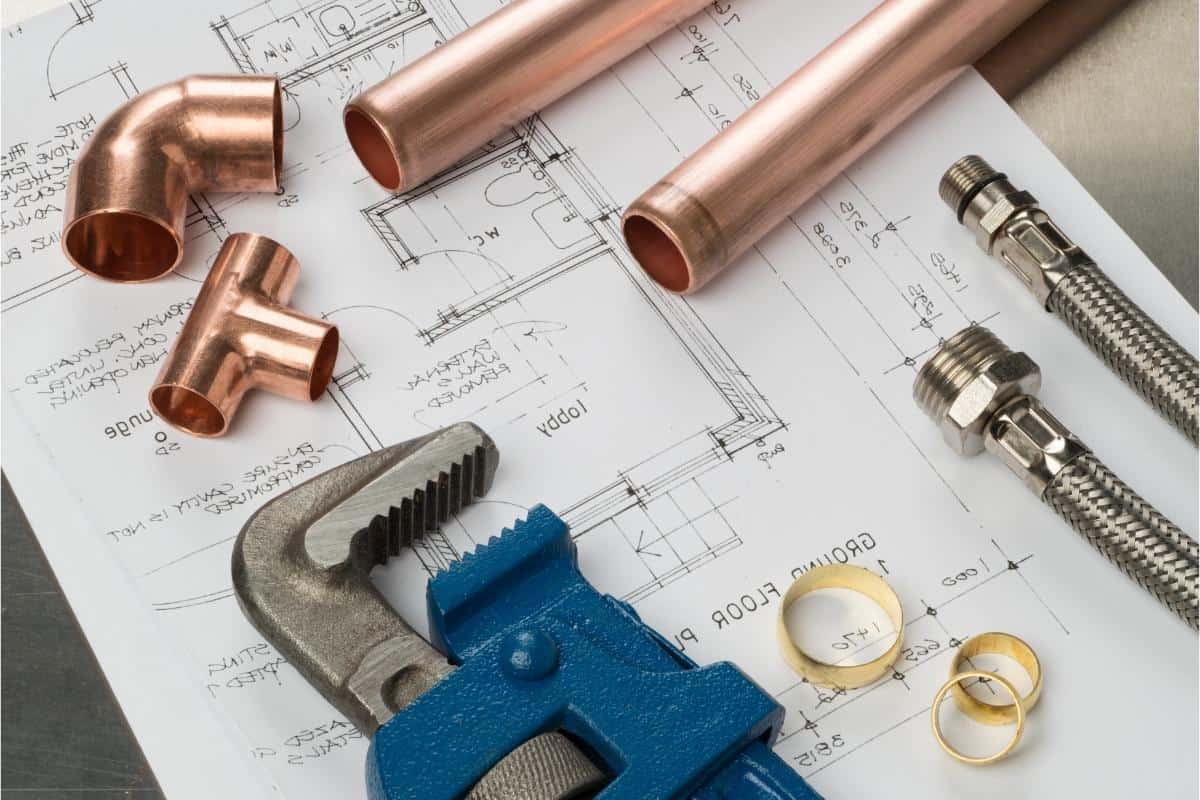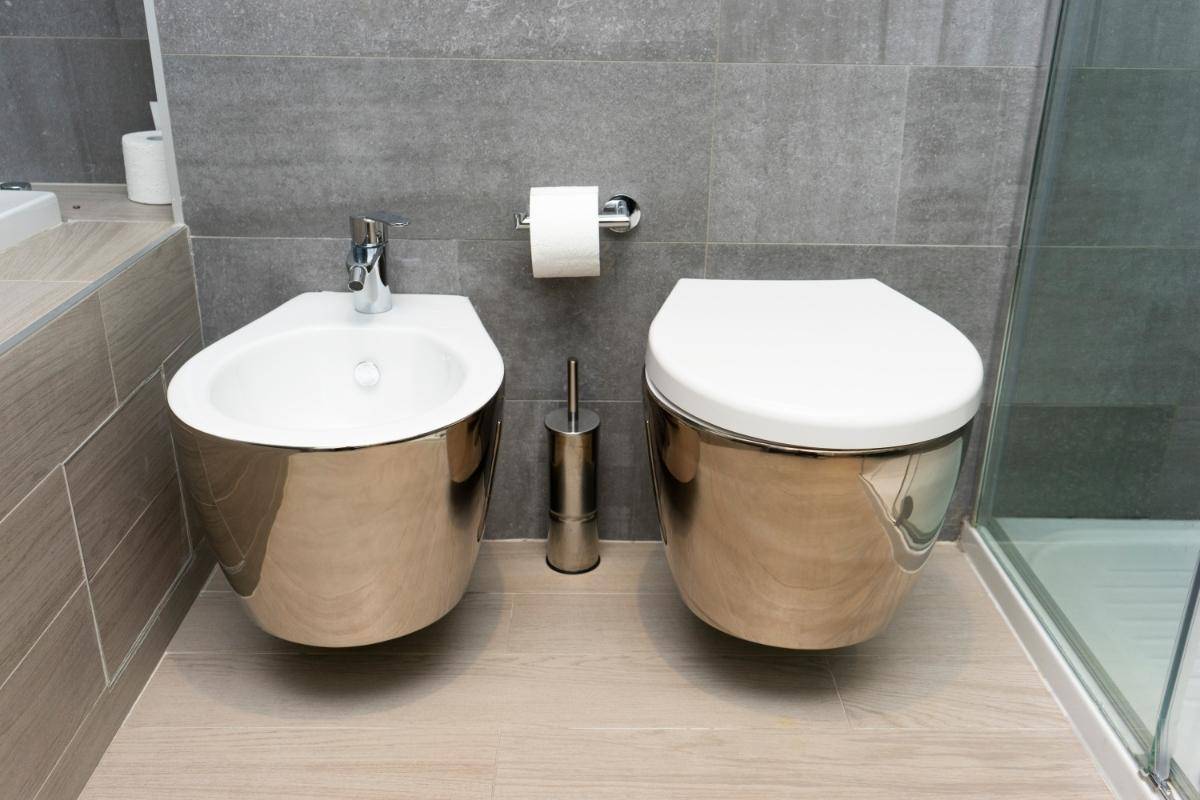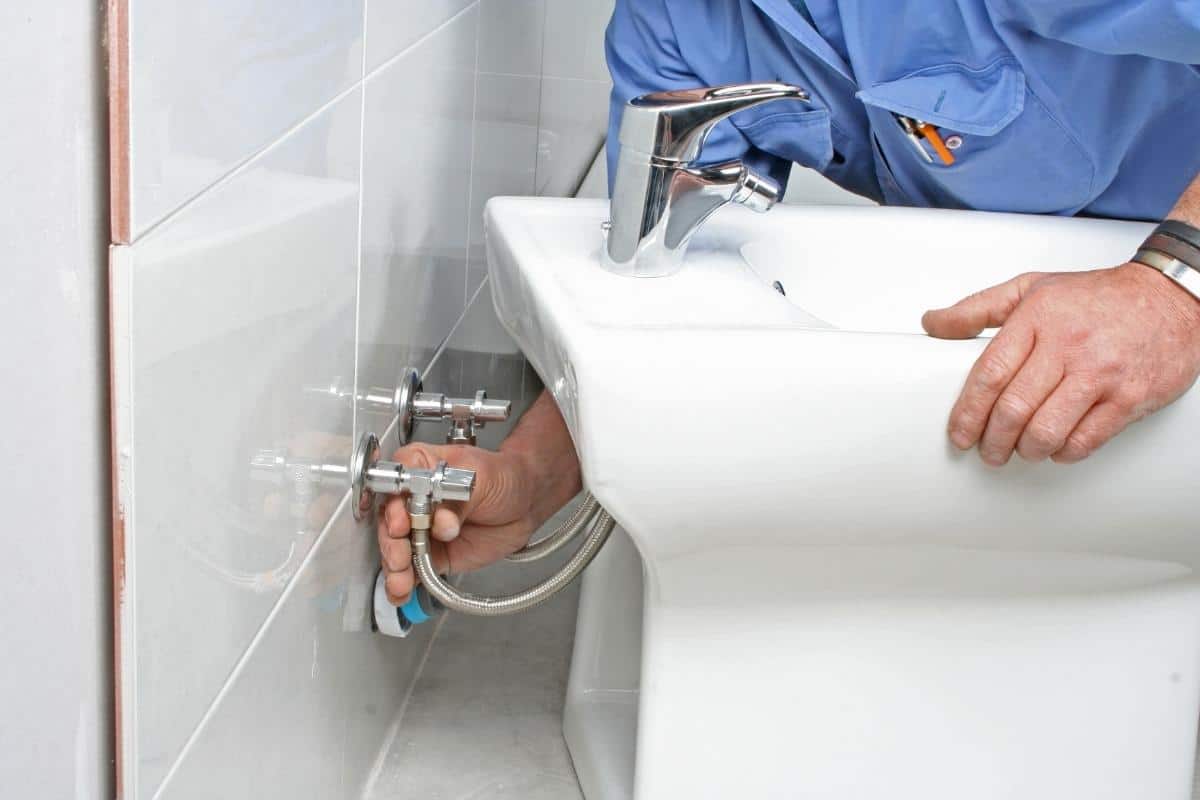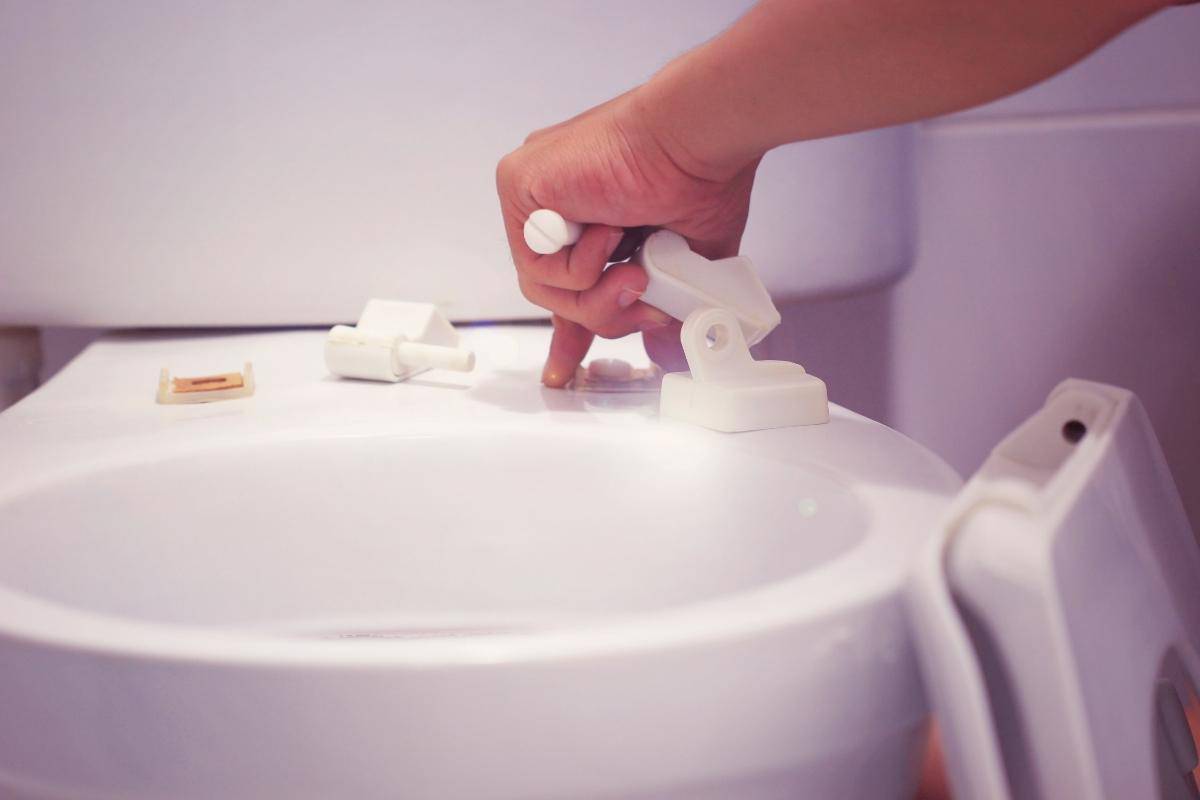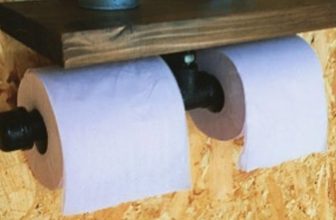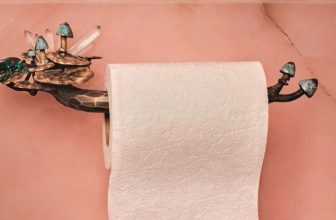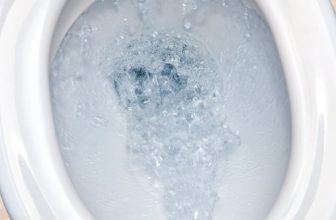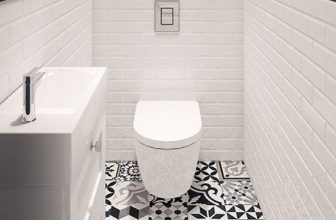How to Install Bidet? – Step-By-Step DIY Guide
If you’re curious about saving water and being more environmentally friendly, a bidet may be a great choice. A bidet allows you to clean up more thoroughly than with toilet paper, letting you employ little or no toilet paper. A bidet saves a substantial amount of water over bathing or showering, and it keeps you cleaner for an extended period.
Follow these instructions for an easy installing a bidet:
- Choose the right location for your bidet. The location should be close to a water source and near a drain.
- If you are installing a floor-mounted bidet, mark the location of the floor drain.
- If you are installing a wall-mounted bidet, mark the location of the water supply lines.
- Install the bidet according to the manufacturer’s instructions.
- Install the water lines and the drain.
- Test the bidet to make sure it is working properly.
It is not difficult to install a bidet. Some people may find it difficult to connect the water supply to the bidet, but this is usually not a difficult task. In this guide, you’ll learn how to install a bidet and the plumbing requirements for the bidet.
What is a Bidet?
A bidet is a bathroom fixture that is used to clean the genitals and anus after using the toilet. There are two types of bidets: standalone bidets and those that are attached to the toilet. Standalone bidets look like small sinks, and they have a spray nozzle that is used to wash the genitals and anus.
Toilet-attached bidets are typically found in Japan and other parts of Asia, and they are designed to be used while sitting on the toilet. The bidet has a nozzle that is positioned over the toilet bowl, and the user can control the water pressure and temperature.
There are several potential drawbacks to adding a bidet to a toilet:
- First, bidets can be expensive, so adding one may not be feasible for everyone.
- Second, some people may find bidets difficult or confusing to use.
- Third, if not used properly, bidets can actually spread bacteria rather than cleanse.
- Finally, adding a bidet may require some plumbing modifications, which could be costly or difficult to do.
In this article, we will tell about the bidet connection.
Pros and Cons of the Bidet
Here is a look at some of the pros and cons of using a bidet.
| Pros | Cons |
|
|
Plumbing Requirements for a Bidet
Most standalone bidets will require two 3/8″ shutoff valves (one for hot water, and one for cold water), 1-1/4″ drain stub-out (in the wall or floor), and 1-1/4″ P-trap, and a backflow preventer.
Additional plumbing requirements may be necessary, depending on the specific model of bidet seat, attachment, or sprayer. However, as a general rule, bidet seats, attachments, and sprayers will only require a single 3/8″ shutoff valve.
Difficulties in Installing the Bidet
It is easy to install the bidet, but you can have any difficulties if you have never installed one before.
There are a few things you need to keep in mind when installing a bidet, such as making sure the water supply lines are properly connected and that the bidet is properly secured to the bathroom floor.
If you are not familiar with plumbing work and if you do not have the proper tools, it can be difficult to install the bidet and it is best to hire a professional to install your bidet.
Also one of the main difficulties in installing a bidet is finding a location for it that is both convenient and out of the way. Most often, bidets are installed in small bathrooms where there is limited space.
Precautions for Bidet Installation
When installing a bidet, there are a few things to keep in mind in order to avoid any problems.
First, read the manufacturer’s instructions carefully. This will help ensure that the bidet is installed properly.
Second, it is best to have a professional plumber install the bidet if you are not confident in your own ability to do so. This will help avoid any leaks.
Finally, take care to follow all other manufacturer’s instructions and local plumbing codes. This will help ensure that the bidet is installed correctly and safely.
The Tools and Materials You Need to Install a Bidet
In order to install a bidet, you will need eye protection, a tape measure, a pencil, a cordless drill, a crescent wrench, and drill bits. A laser level is optional. You will also need the bidet, two 3/8-inch shut-off valves, two braided water connectors, and silicone sealant.
Before Bidet Installation
It is important to take some time to prepare your workspace and gather all of the necessary tools and supplies before attempting to install a bidet. This will help to ensure that the installation goes smoothly and that you do not encounter any unexpected complications.
Some of the things that you will need to consider include the size and location of the bidet, the type of plumbing and electrical connections that are required, and whether there is enough space to comfortably use the bidet. You should also make sure to turn off the water supply to the toilet before beginning the installation.
How to Install a Bidet
There are a few different ways to install a bidet, depending on the type of bidet and the bathroom setup. In general, however, the steps to install a bidet are as follows.
Choosing the right place for a bidet
When choosing the right location for the bidet, make sure that there is enough space around it for easy access. The bidet should also be close to a water source so that the hose can be easily connected. It is also important to consider the height of the bidet, as some people may find it difficult to use if it is too high or too low.
Installing the frame for the bidet
Wall-mounted bidets require a special frame to be installed in the wall in front of the drywall and tile. The mounting bolts attached to this frame protrude from the wall, and all plumbing connections are made on the wall. A special drain connection is used, which is sealed when the bidet drain is pushed inside.
The floor bidet drain is always in the floor, but the connection can come out of the floor or out of the wall. In each case, it is important to study the plumbing layout in the bidet installation instructions and make sure that the rough-in plumbing is exactly where it should be.
Once the floor and wall finishes are completed and the shut-off valves on the rough-in plumbing fixtures are installed, you can proceed directly to the installation of the bidet.
Installing a bidet
The location of the wall-mounted unit is determined by the previously installed bolts. Floor units are fastened with hanging bolts that have lagging threads on one end and machine threads on the other. Locate and pre-drill the holes for these bolts using a template (if one is included) or by positioning the bidet so that its drain hole aligns with the trap and drain pipe in the floor.
Since installation procedures vary from bidet to bidet, be sure to read the manufacturer’s instructions before starting. In most cases, it’s easier to route and install the supply lines before mounting the bidet to the wall or floor.
Wall-mounted bidets are more difficult to install than floor models. Some wall-mounted units have special hardware that is bolted on before the bidet is installed, while others simply use nuts and washers.
Either way, you’ll be supporting the bidet from above and securing the mounting bolts by feeling from below. When you install the bidet on the bolts, the drain should be aligned with the rough-in plumbing, and everything will slide right home.
Floor bidets are installed on bolts screwed into the floor and secured with nuts and washers, just like a toilet. The drain assembly is placed in the hole in the bidet on top, and the drain connections are tightened through the hole in the back of the bidet.
Connecting flexible lines to the shutoff valve
To connect the flexible line to the shutoff valve:
- First, make sure the water is turned off.
- Then remove the cap from the shut-off valve and unscrew the gland nut from the valve.
- After screwing the flexible tubing onto the valve and tighten it with a wrench.
- Finally, tighten the packing nut on the valve and turn the water back on.
Check for leaks. If there are, repair them.
Attaching the bidet to the wall or floor with sealant
To attach the bidet to the wall or floor, follow these steps:
- Make sure that the area where you will attach the bidet is clean and dry.
- Apply a generous amount of silicone sealant to the back of the bidet.
- Press the bidet firmly against the wall or floor in the desired location.
- Use a putty knife or another similar tool to smooth out the silicone sealant and create a neat, finished look.
- Allow the silicone sealant to dry completely before using the bidet.
How to Install a Bidet Toilet Seat
If you want to install a bidet in your toilet, there are a few things you need to know before you get started.
First, bidets use more water than toilets, so you will have to replace the standard 3/8-inch toilet plug with a 1/2-inch one. This may require soldering the pipes.
Second, since the toilet will not have a hot water supply, the bidet seats have built-in electric heaters. There should be a GFCI-protected outlet nearby.
Once you have the necessary materials, the installation comes down to:
- removing the existing toilet seat;
- installing the bidet seat base in its place.
Water is brought to the base from the shut-off faucet through a flexible hose, and the heater is connected to a socket.
The bidet seat is then attached to the base according to the manufacturer’s instructions.
Tips
If you are installing a bidet in your bathroom, there are a few things to keep in mind.
First, you will need to make sure that there is a water supply line and drainage installed in the wall. If not, you may need to call a plumber.
Second, the floor should be solid in order to hold the floor bolts. If the floor is damaged in any way, you may need to replace parts of it.
Finally, if the bidet has electric controls, make sure to situate it near a GFCI outlet.
FAQ
How difficult is it to install a bidet?
It can be difficult to install a bidet, depending on the type of bidet and the bathroom setup. Many bidets require plumbing hookups and can be challenging to install for the average person. Some bidets, however, are designed to be installed without any plumbing and can be easily installed by anyone.
Do you need an electrician to install a bidet?
Whether or not you’ll need an electrician to install your bidet seat will depend on the specific model that you choose. Some seats are designed to plug into a standard 120-volt outlet, while others may require a dedicated circuit. Always check the specifications of your seat before making a purchase to be sure.
Can a bidet be installed on any toilet?
Bidets can be installed on most toilets, although some toilets may require additional parts. Issues can arise with certain toilet designs and when there is no shutoff valve. In most cases, however, installing a bidet is a straightforward process.
Bottom Line
Many people find that using a bidet can help to reduce their risk of getting urinary tract infections.
Bidet installation is a process that anyone can do with a few tools and a little knowledge. Before beginning, make sure to read all of the instructions that come with your bidet.
Do you have any experience with bidet installation? Share it in the comments.
